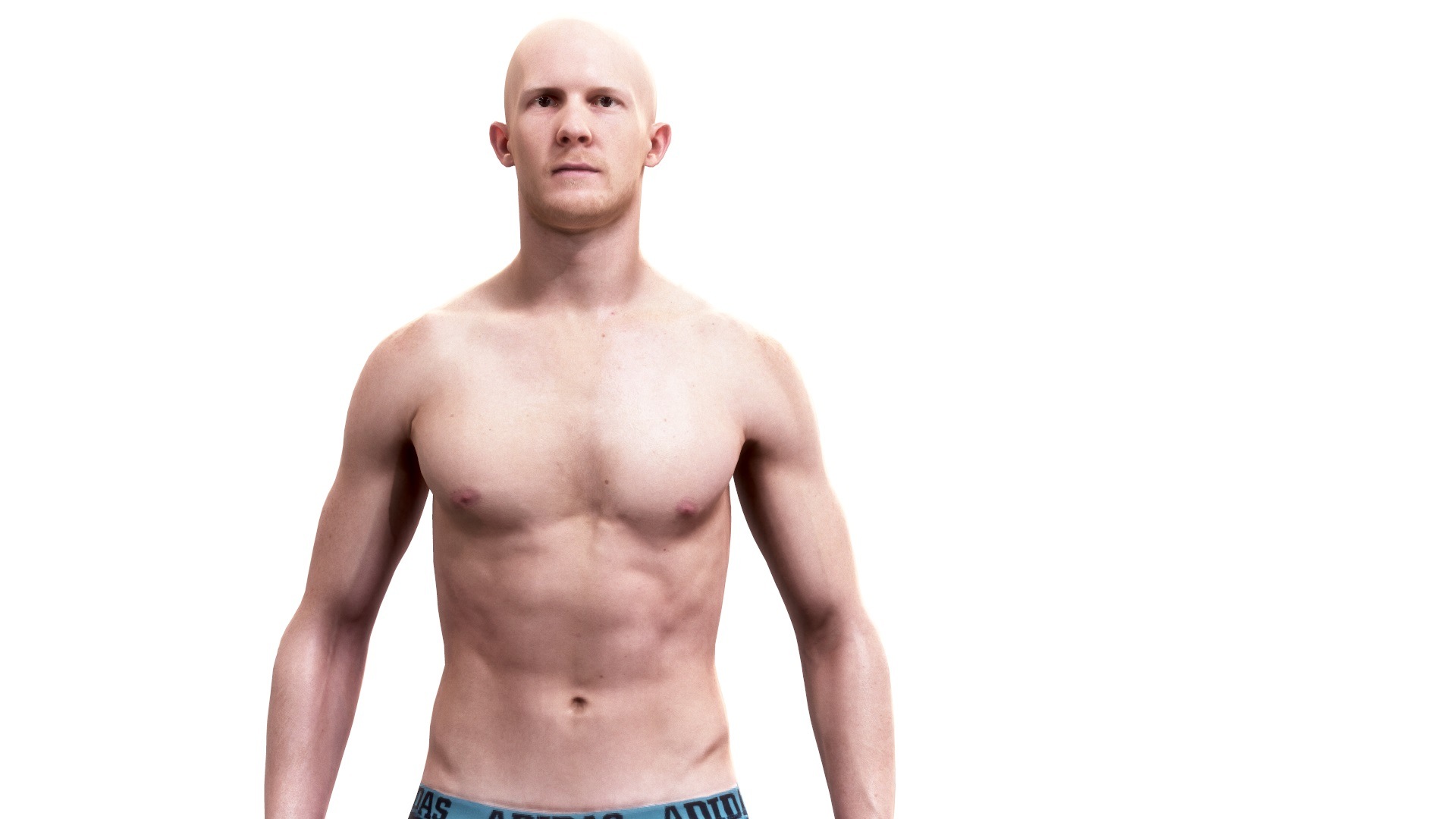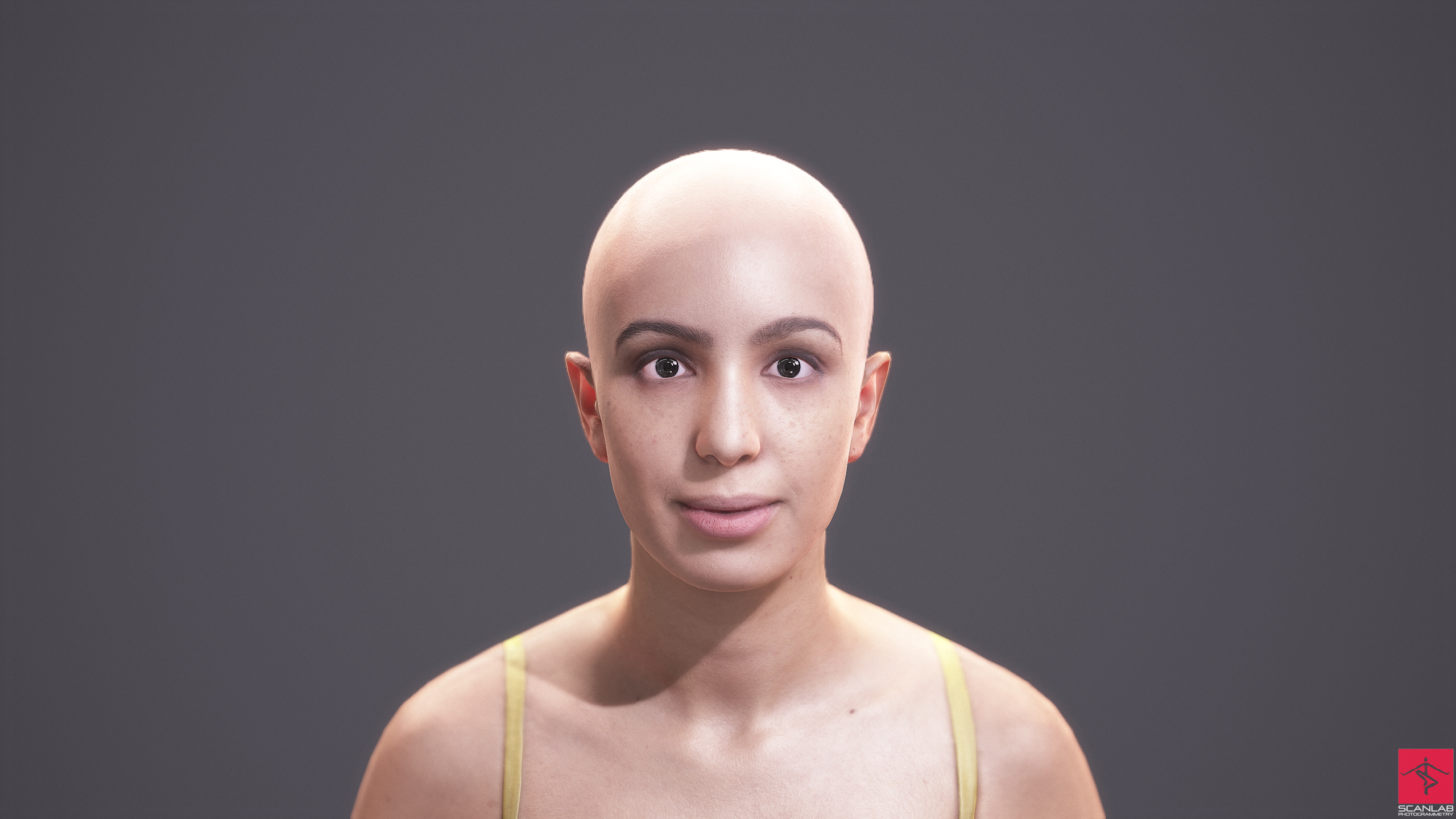
3D Character Morphology
3D Character Morphology
Morphology is a yet another aspect of a composition of a Digital Double. In it's essence, morphology modifies and somewhat corrects the overall pose and, therefore, the joint orientation from either an average 3d character or perhaps some other 3d creature class into a personage we are trying to sculpt. This is the first step in the process of making a character unique.
The overall morphology of a character can further be broken down into the 3 Basic Layers through Resolution Decomposition. Each of the 3 layers progressively introduce body detail mutations at Low – Muscle-Group Level, Med – Individual Muscle Level and High – Fascia/Skin level.
Note: There can be more than 3 layers. Ideally, we'd have N layers to represent a polynomial function to describe the surface of your Character's skin.
This kind of approach intuitively seems to follow a natural Muscle Hypertrophy principles where major muscle group carry the burden of large scale body mutations. I personally feel this is where a lot of 3d character creator systems fail, as they are not usually built in a procedural-enough fashion and therefore their muscle-group scale, weight or volume distribution gets broken. Most of those systems do use Morphs, but, alas, there is little Logic connecting them.
As a closing remark, big changes to morphology will carry a topological penalty, due to the fact that topology will be unable to preserve the desired shape of a bodily feature.
…

Muscle-Group Level Morphology
The Muscle-Group Level morphology is the relationship between muscles. Usually neighbouring muscles have higher degree of volume correlation between themselves than muscles which are further away from each other.
This sort of balance can in no way be homogenius among all population, as there can be natural mutations in each individual and the balance of some muscles can actually be inborn.
This is a huge speculation on my part. But, i'll stand by it nevertheless, as this can be perceived from some research in evolutionary organ development, where bodily mutations happen at random to see what mutation survives is most fit for survival.
…
Muscle and Fascia Level Morphology
Similar to the way Muscle-Group Level morphology works the same thing can be said of both Individual Muscle and Fascia and Skin Level morphology.
Natural Muscle Hypertrophy is the result of signal strength. And you can't just shift volumes at will without suffering the uncanny valley consequences in your character design work.
Somehow experienced and gifted character artists are intuitively aware of the inner workings of how people work. It's either through inquisitive observation or something else. And most of them know that function drives the form and never the other way around, although we all have seen a few movies with horrible character design work.
…
Morphology vs Hypertrophy
One last thing I'd like to add is that the morphology term will only dictate the capacity for the size/volume of the muscle and not the actual level of muscle Hypertrophy achieved.
In other words Morphology determines where muscles get attached to bones and how these muscles may modify the posture of a skeleton. You can also think of morphology as something your parents gave you as it is an inherited feature of your class.
Muscle Hypertrophy on the other hand will determine the size of muscles you want your 3d character to have. Virtual Gym for Virtual Actors anyone?!
…
If you have any wishes, suggestions or feel this article could be improved, please, do not hesitate to leave us your comments in the section below.
Best Regards,

Ruslan Vasylev
Founder
Professional 3D Modeler with 17 years of combined VFX and Games experience, managing Vancouver-based 3D Scanning Studio,
Servicing Visual Effects for Film, Television, Games and Virtual Reality production studios.